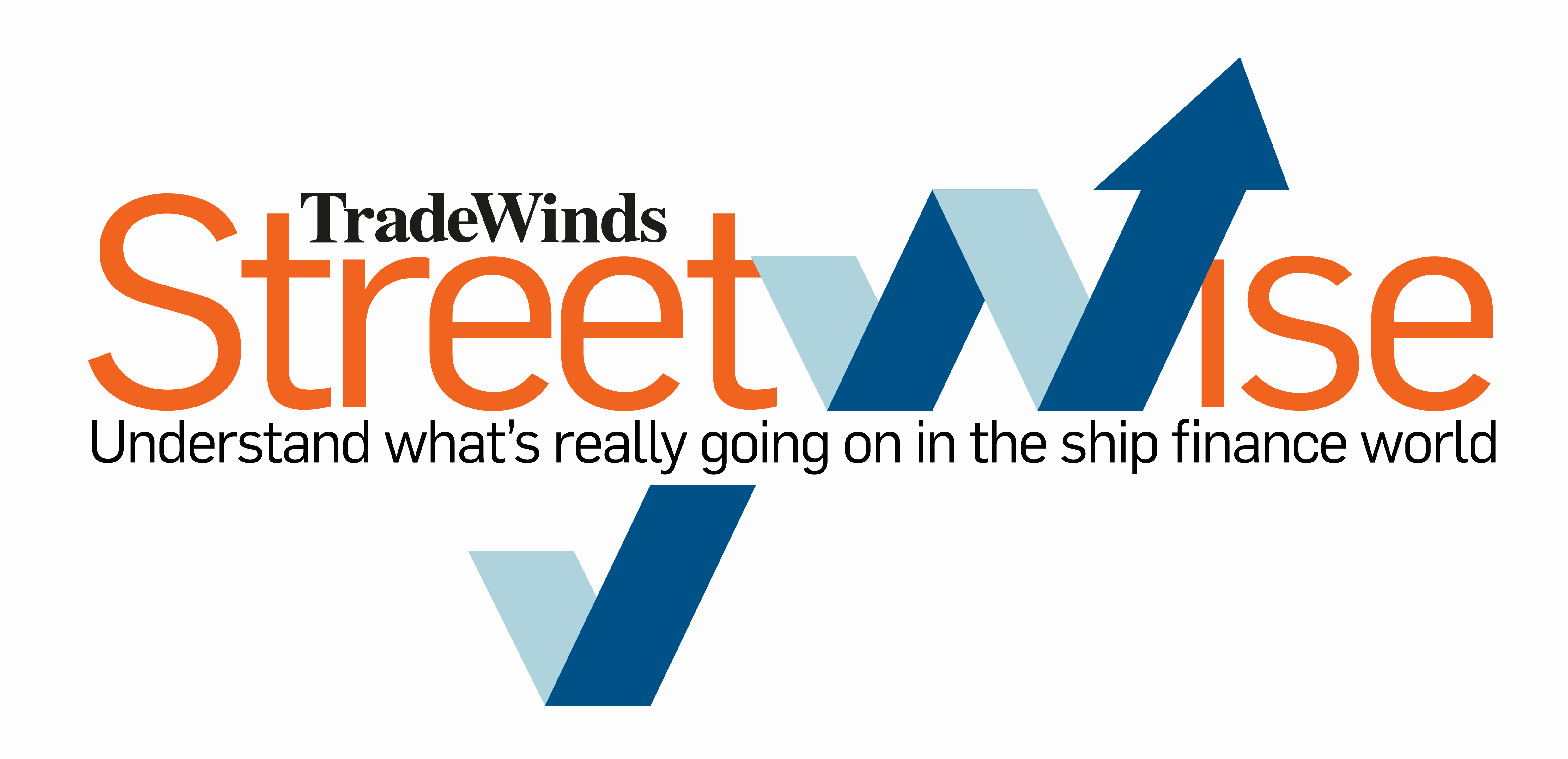Shares of New York-listed wind farm vessel player Eneti soared more than 5% on Friday on seven times typical volumes as investors reacted to its announcement of a $1.2bn all-shares merger with Oslo-listed Cadeler.
The wind turbine installation vessel (WTIV) owner’s stock hit a trading high of $13.43 in the first minutes of trading, a jump of 14.5%, before tailing off over the course of the trading day as the combination reviewed positive reviews from equity analysts.
Stifel analyst Benjamin Nolan predicted the price surge, noting that Cadeler’s offer valued Eneti at $15.44 per share, a 32% premium to the previous close. He maintained a “buy” rating on the stock.

The combined companies’ stock would trade on the New York Stock Exchange, Eneti’s current home, while maintaining the Cadeler name, management team and voting control.
Scale and trading liquidity should both be keys to better pricing, Nolan told clients in a research note.
“The combined company will have by far the largest fleet of modern WTIVs in the industry, a solid footprint in every major geography, a strong combined track record of performance in an incredibly complex business, and perhaps most importantly the two small public companies with significant insider concentration in each case will be significantly larger and less concentrated making the equity much more investable in our view,” Nolan wrote.
With each company’s previous market capitalisation well below $1bn, the combination not only would increase that figure but make it easier for a substantial block of inside shareholding to sell down in each case, he noted.
“NETI insiders controlled 36% of the company and for Cadeler insiders had 35%,” Nolan wrote, using Eneti’s ticker symbol.
“Thus, both companies were likely sub-scale with respect to share liquidity and size. As a consequence, in addition to the enhanced profitability from cost saving and revenue synergies, we believe the combined company should be significantly more investable, with few concentration overhangs, and greater liquidity.”
The Stifel researcher did raise the prospect of potential regulatory scrutiny of the merger, which requires approval by two-thirds of shareholders.
“Despite the combined company having 10 vessels, the industry is small but growing and this transaction would position the combined business as by far the largest player. However, there are new entrants, and we do not believe the combined business should or could create and anti-competitive environment,” he wrote.
Read more
- Editor’s selection: World Bank wades in to carbon levy debate, Greeks after big tankers and wind farm shipping giant formed
- Cadeler’s Mikkel Gleerup ‘humbled’, ‘happy’ and ready to give his all in wake of Eneti merger
- ‘Good sense’: Cadeler and Eneti shareholder J Lauritzen backs merger
- Bosses eye savings of $116m per year from Cadeler and Eneti merger
- BW and Scorpio merge wind farm shipping outfits Cadeler and Eneti in $1.2bn deal




